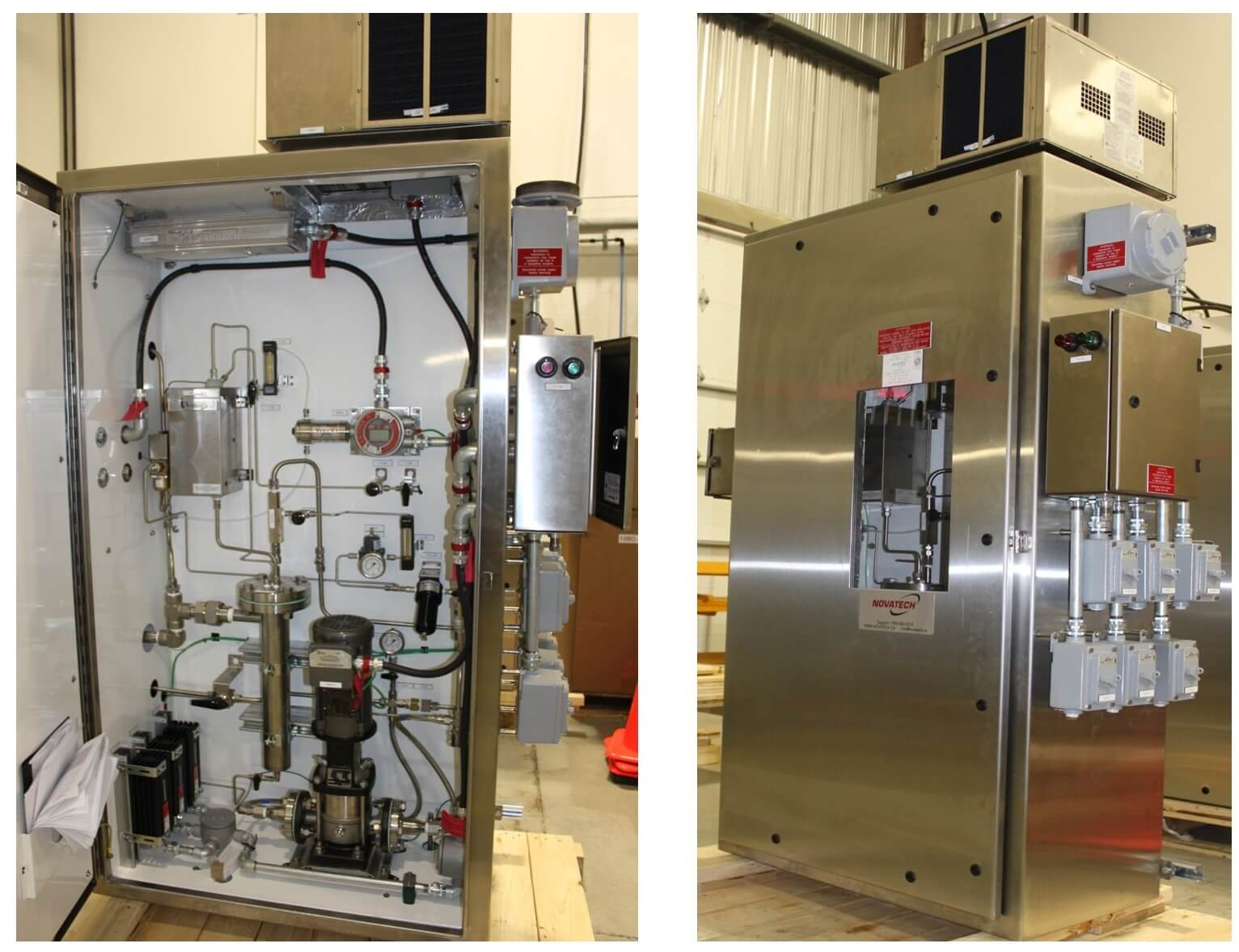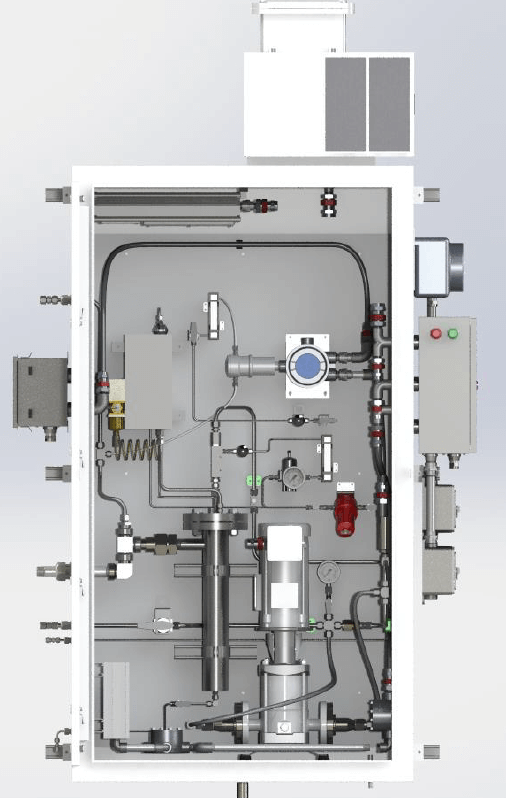By: J.C. Arènes – Analyzer Specialist.
Water is one of our planet’s most precious resources. The rapid detection of hydrocarbon traces in process cooling water can be an early indication of a heat exchanger leaks and an easy way for industry to protect the environment.
Hydrocarbon processes often require heat to achieve the desired reactions. Heat exchangers are sometimes used to recover the heat of the process fluid post-reaction, or simply to cool the fluid prior to transportation or storage.
Water is commonly used as a cooling fluid, either in closed circuits to serve the entire plant site, or in once-through arrangements from a nearby water source such as a river or lake.
These leaks may be tiny (pinhole) in size, or catastrophic in nature. Detecting the tiny leaks allows the plant operators to take corrective action and address the issue, long before it becomes catastrophic in nature.
Depending on the type of process stream being cooled, the hydrocarbon leaking into the water may be:
- Gaseous
- A two-phase liquid
- Dissolved
While Novatech has developed solutions for the detection of all these scenarios, the hydrocarbon sparger is targeted at the detection of hydrocarbons in solution, which are challenging to detect with traditional optical techniques. Henry’s Law governs the behavior of hydrocarbons in solution. It relates the concentration of a vapor in contact with water to the concentration in solution
. While Henry’s constant varies with the species and is a strong function of temperature, at equilibrium, the concentration in the gas phase can be estimated from

As the pressure in Henry’s Law is in the denominator, we can increase the concentration in the vapor by decreasing the pressure in our system. Novatech’s hydrocarbon sparger technology operates under vacuum, thereby dramatically increasing its ability to sparge dissolved hydrocarbons into the vapor space.
The system consists of a water-driven eductor or jet pump, which creates an environment where the water and a sparge gas (typically instrument air) can mix under vacuum. The eductor’s driving force is the very cooling water we are monitoring. From there, the well-mixed two-phase fluid is directed to a hydraulic separator, allowing the hydrocarbon enriched gas phase to be separated from the cooling water. The separator’s design provides a hydraulic head, sufficient to drive the gas conditioning portion of the system, while the cooling water is allowed to drain by gravity from the unit.

The gas from the separator will be saturated with moisture at this point, governed by the temperature of the water it was in contact with. A sample conditioning system will address any dew point concerns, before allowing the gas to enter the detection unit. The choice of detection technology will be driven by the limit of detection desired, and whether a speciated analysis is required. Traditional infra-red gas detectors can be used since the concentration of hydrocarbons in the vapor phase will be several hundred (if not >1000) times greater than in the liquid phase. Thus, a traditional gas detector with a measurement range of 0 – 100% LEL (or 0 – 50,000ppmv CH4) may have an equivalent measurement range of 0 – 5,000ppm in the liquid (if we assume 1000:1 equivalency). This has been demonstrated through empirical testing by Novatech and can also be validated by the client using the system’s septum seal which allows the injection of known liquid hydrocarbon volumes into the liquid phase.

Greater sensitivity can be achieved with non-dispersive Infra-red gas analyzers capable of seeing leaks in the ppb range. Furthermore, a gas chromatograph can extend the detection limits even lower and provide the added benefit of speciated analysis. Speciated analysis could enable a plant operator to pinpoint the source of a leak when monitoring a cooling water stream servicing several heat exchangers.
Novatech’s hydrocarbon sparging technology is a reliable and robust means of detecting hydrocarbon leaks in plant cooling water. It addresses the need for a rapid detection method, running continuously with minimal need for maintenance or intervention.
Unlike traditional capture analysis techniques which may require tens of minutes to perform an analysis, the response time of the Novatech sparger is measured in seconds. Custom made to the specific requirements of the application, the installation location & environment, and electrical safety codes, Novatech’s hydrocarbon sparger systems can form an integral part of a plant’s environmental protection strategy.
Protect the environment with a Novatech hydrocarbon leak detection solution!
Excerpts from: Osprey, J., A Robust Sparging Technique for Continuous Monitoring of Hydrocarbons in Process Cooling Water. Proceedings – ISA Analysis Division Symposium, 2016.
